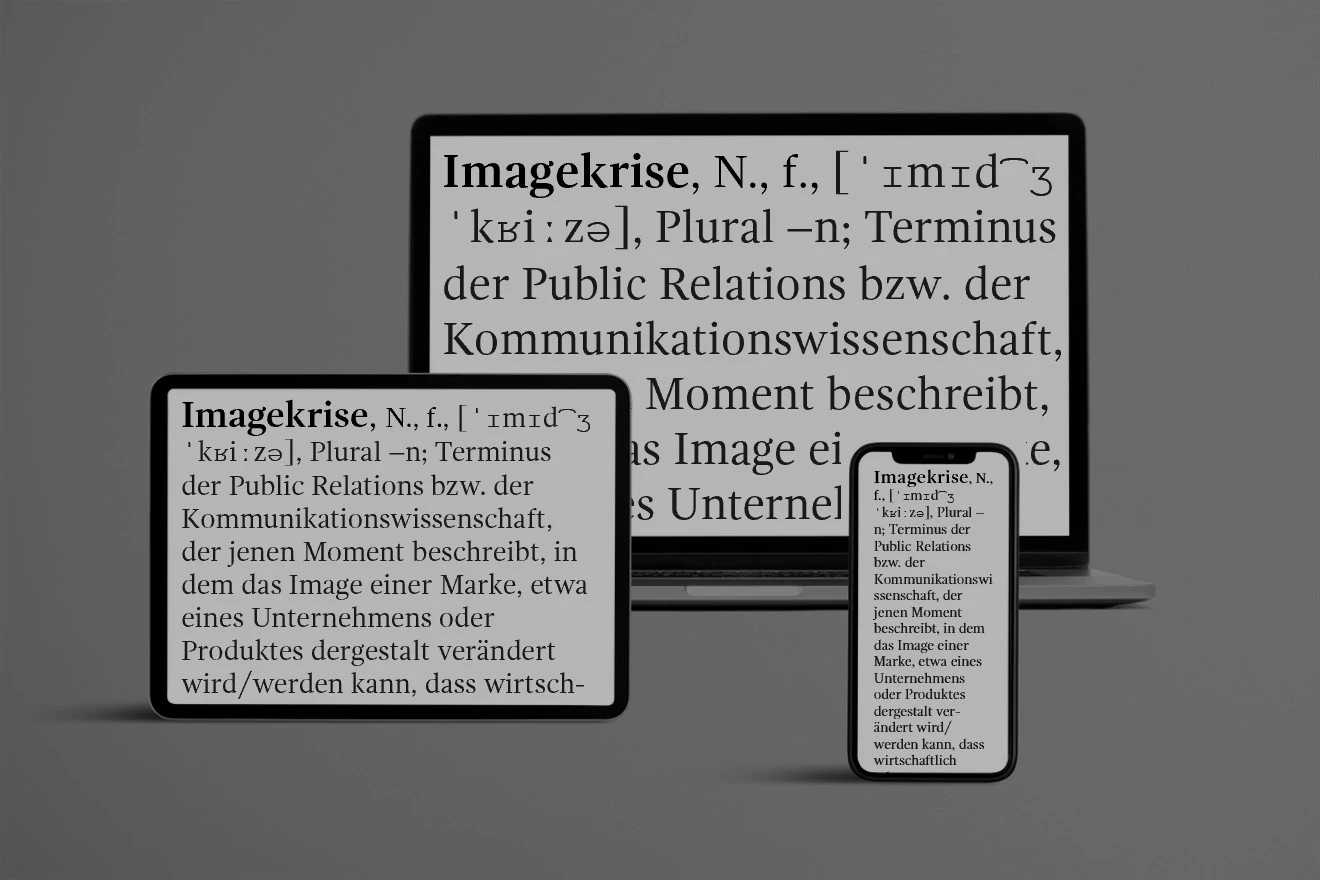Crisis Communication in Transition – From Boardroom Egos to Scientific Insights and Today’s Challenges
The Traditional Understanding of Crisis Communication
There was a time when crisis communication appeared straightforward: there was an incident, the company, and »the media«. Two communication strategies were available – »defensive« and »offensive«: either remain silent and wait it out or lay all the cards on the table immediately. The choice was made by either a battle-hardened communication expert or the person with the biggest ego in the room. And: If circumstances unfolded differently than predicted, it was simply attributed to unpredictable chance.
Temptingly simple rules and dogmas, presented as beyond doubt, promise security – but they are rarely correct. The truth is that the course of a crisis and the debate surrounding it are difficult to predict. This, in hindsight, makes it easy to claim that one’s measures and messages were effective and that nothing more could have been done. This makes learning from crises difficult.
The media society seems to further fuel this narrative: It operates as an attention economy, where journalistic mass media compete not only with each other but also with social media content created by companies and individuals—all vying for the attention of increasingly fragmented audiences. Each of these players influences agendas, images, and opinions, though with vastly different methods and ethical standards.
Some market players see the omnipresent social media as more than just a new channel for spreading image crises. They speculate that social media is actually creating new types of crises. And, of course, they offer supposedly tailored consulting services and products to address them.
The Scientific Phase of Crisis Communication
But there is also the other side: critical researchers who seek to understand, reflect, question, and diligently gather new insights through empirical studies. As a result, the phenomenon of image crises is now seen in a new light. Crisis communication becomes justifiable and can be individually tailored to different situations.
Today, we know, for example, that:
- Image crises can, in some cases, even increase brand value by boosting brand awareness. The parameters determining when this is most likely to happen are well understood.
- Image crises – in most cases – only lead to a significant loss of brand trust and, consequently, economic brand value if they occur within the functional image dimension.
- News value, audience involvement, and attribution of blame – the key factors influencing the extent of image damage – can be influenced in favour of the company through additional information, and that audiences actually want this additional information.
Current Issues in Crisis Communication in Science and Practice
As expected, it will take some time before these insights fully diffuse into the practical routines of companies and communication consultants. Meanwhile, at the forefront of knowledge, new questions are shaping the work of leaders, thinkers, and researchers, such as:
- How can we reach target audiences in a crisis situation if they are barely or no longer accessible through traditional journalistic mass media?
- How can the Value at Risk resulting from poor communication – alongside the more tangible damage claims so vividly illustrated by legal advisors – be effectively factored into strategic decision-making, for example, in cases of compliance violations?
- How should one respond to an image crisis of international scale when the reaction will be interpreted differently across cultural contexts?
Crisis communication has evolved from an enigmatic and fascinating mystery into an emerging discipline within communication science and public relations. And it remains one of the most intriguing and dynamic fields in modern corporate communication: »Crisis is always at the forefront of the challenges faced by the communication society.« In crises, far-reaching decisions must be made and effectively communicated within a short time frame and under incomplete information.
More Information and Services on Image Crises and Crisis Communication Can Be Found Here:
editorial image credit: Source rawpixel.com | ID : 1079496, edited
* Note: This is an affiliate link, meaning that if a qualified purchase is made through it, we, as an Amazon partner, would receive a commission. This does not result in any advantages or disadvantages for you.






